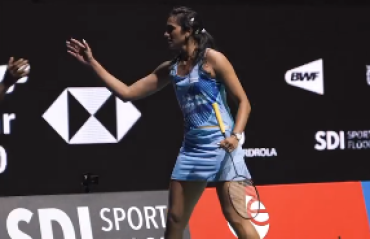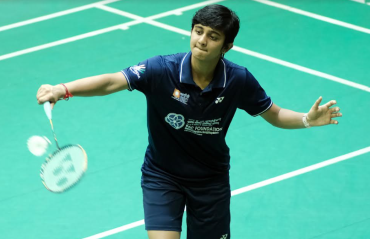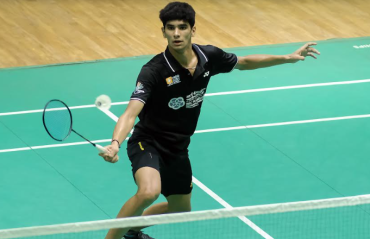The Force-Velocity Relationship

The Force-Velocity Relationship
Power is intimately related to force and time, which can be expressed in the simple formula: Power = Force x Distance/Time
Traditional strength training typically alters the top half of this equation – increasing the ability to apply a maximum amount of force. But for power to be maximized the time component must also be altered. This is the aim of power training – to reduce the amount of time it takes to apply a set amount of force.
Maximum force production occurs when the speed of movement is very low (i.e. performing a one repetition maximum lift) or zero such as performing a static or isometric exercise.
Conversely, as the speed of movement increases, force decreases and at very high speeds force production is very low. Between these two extremes is an optimal point for power development. In fact, maximal power occurs at intermediate velocities when lifting moderate loads (6,7). Peak power output is typically seen when loads of 30% one repetition maximum (1-RM) are used (6,8).
This relationship between force and velocity and its affect on power explains why an athlete can be exceptionally strong but lack significant power if they are unable to apply much of their strength over a short period of time.
Assuming an athlete has maximized his or her ability to apply force (through maximal strength training), it would be beneficial if they could train to increase the rate of force production. Increasing the rate at which strength can be generated positively alters the time aspect of the power equation above.
The goal of power training is to increase the rate of force production and there are several methods that have been devised to do this…





























